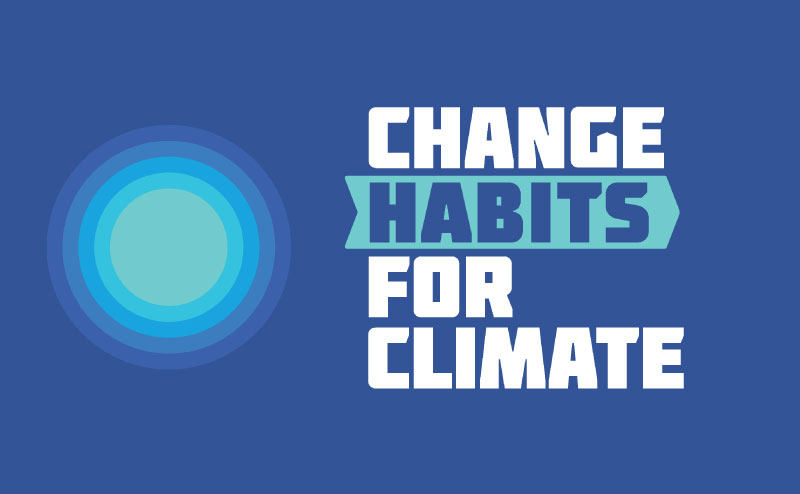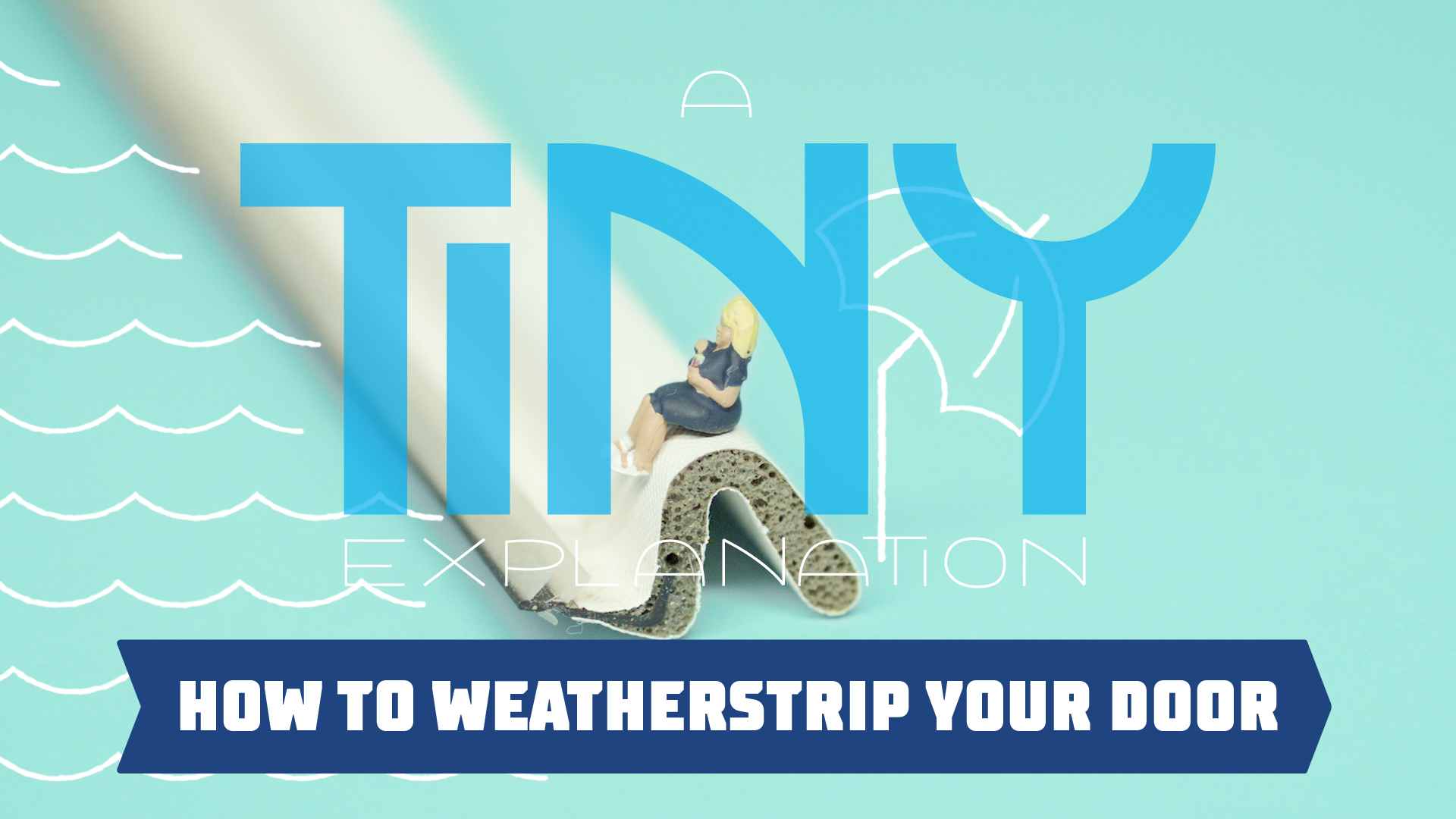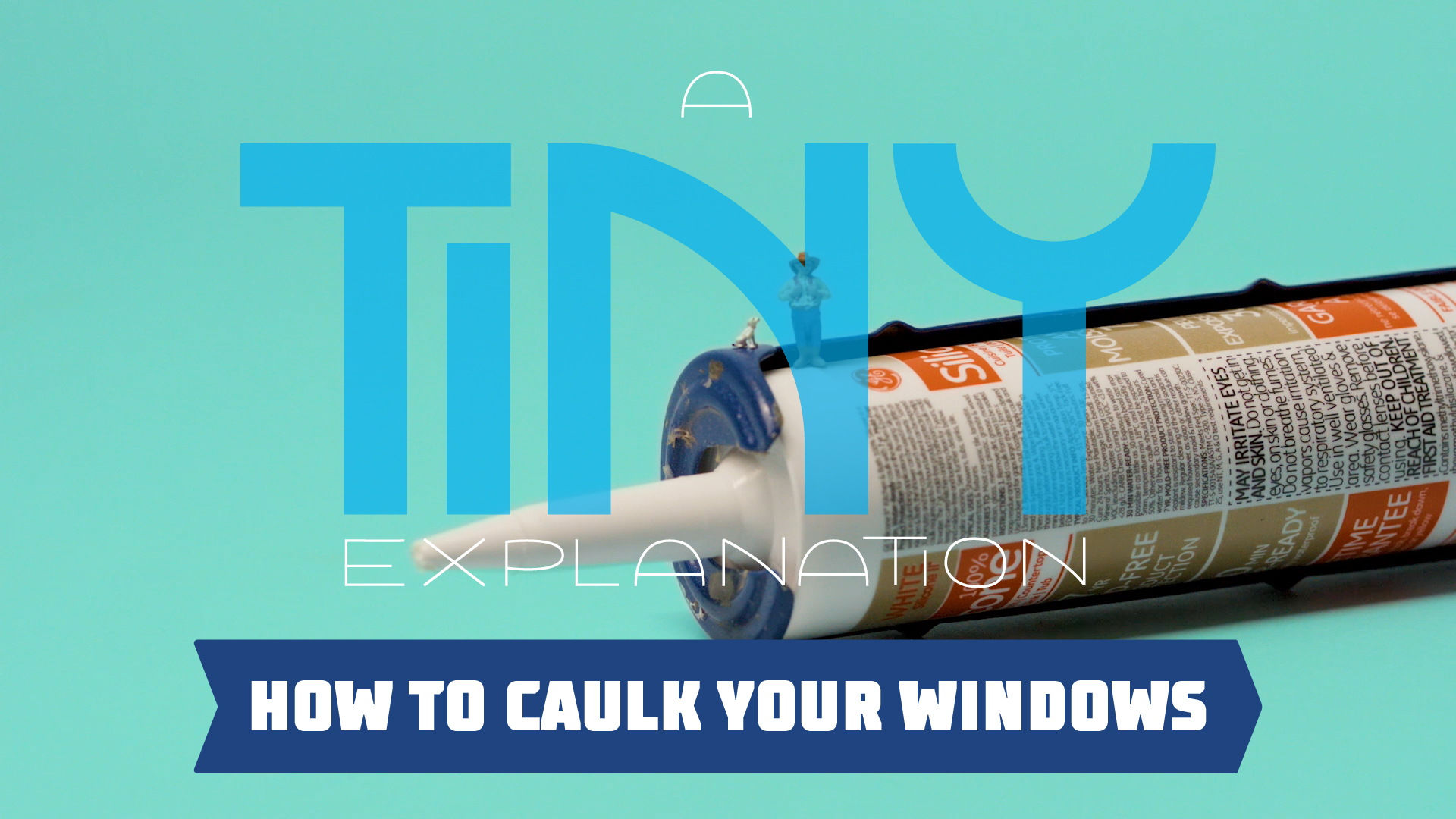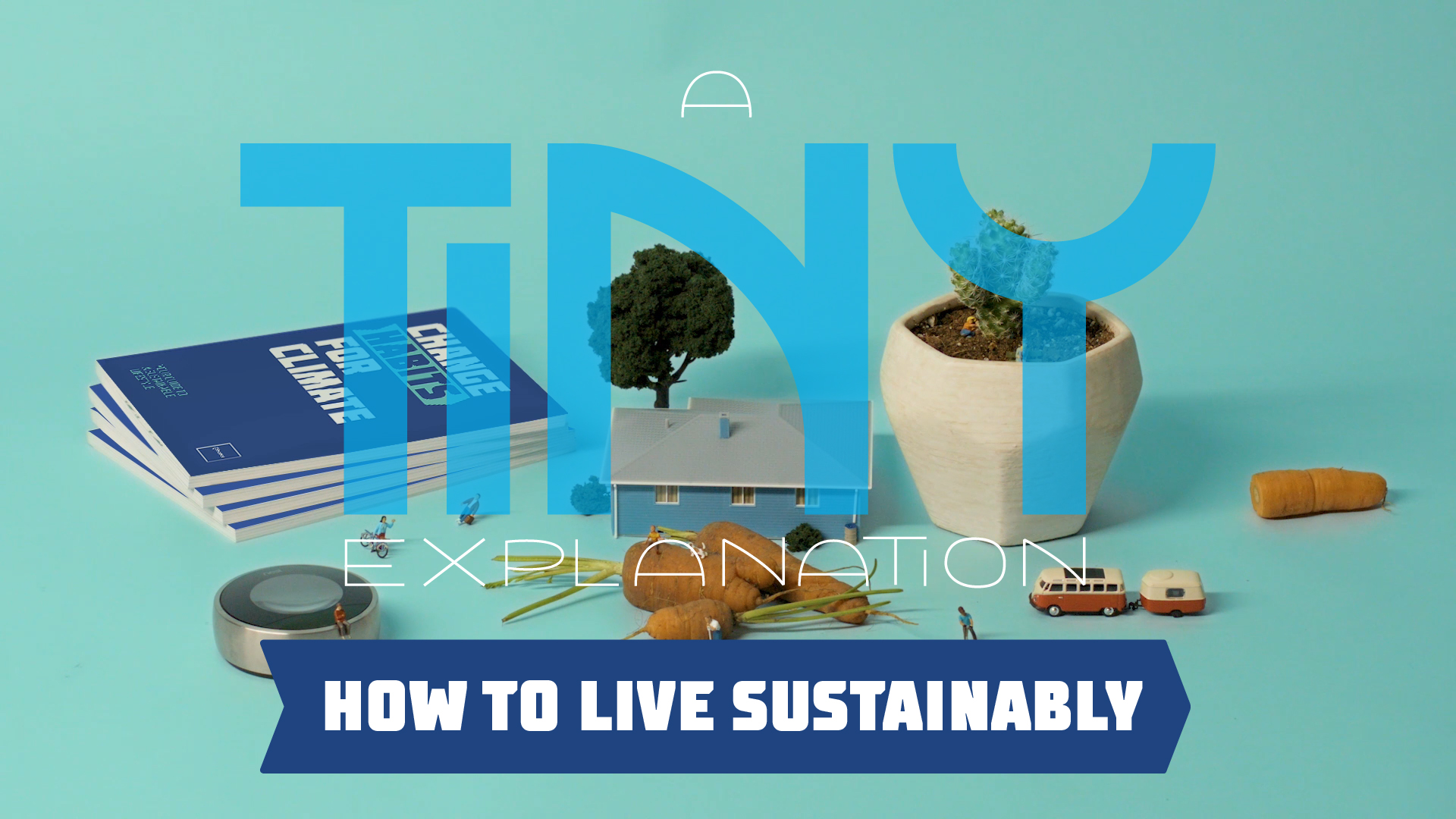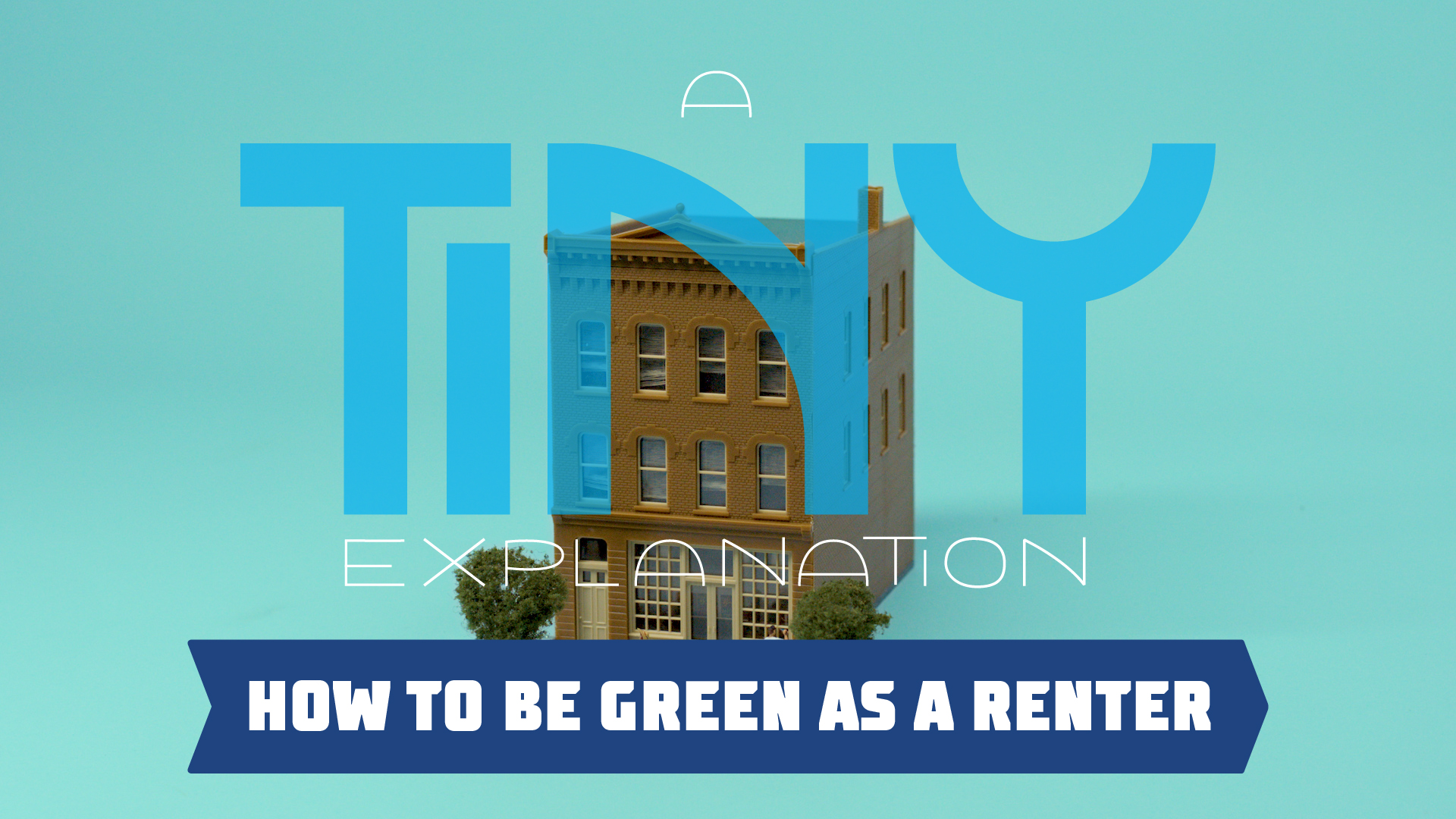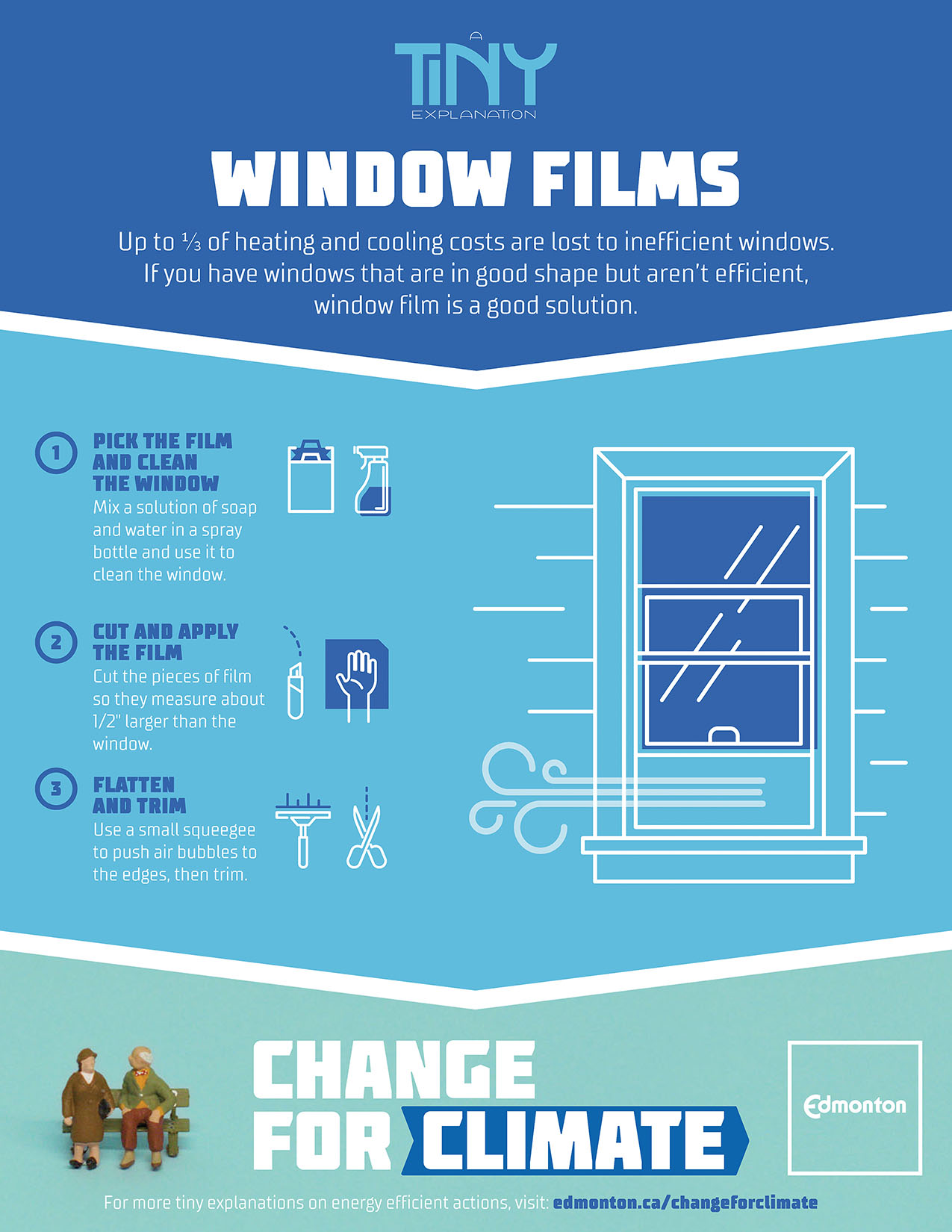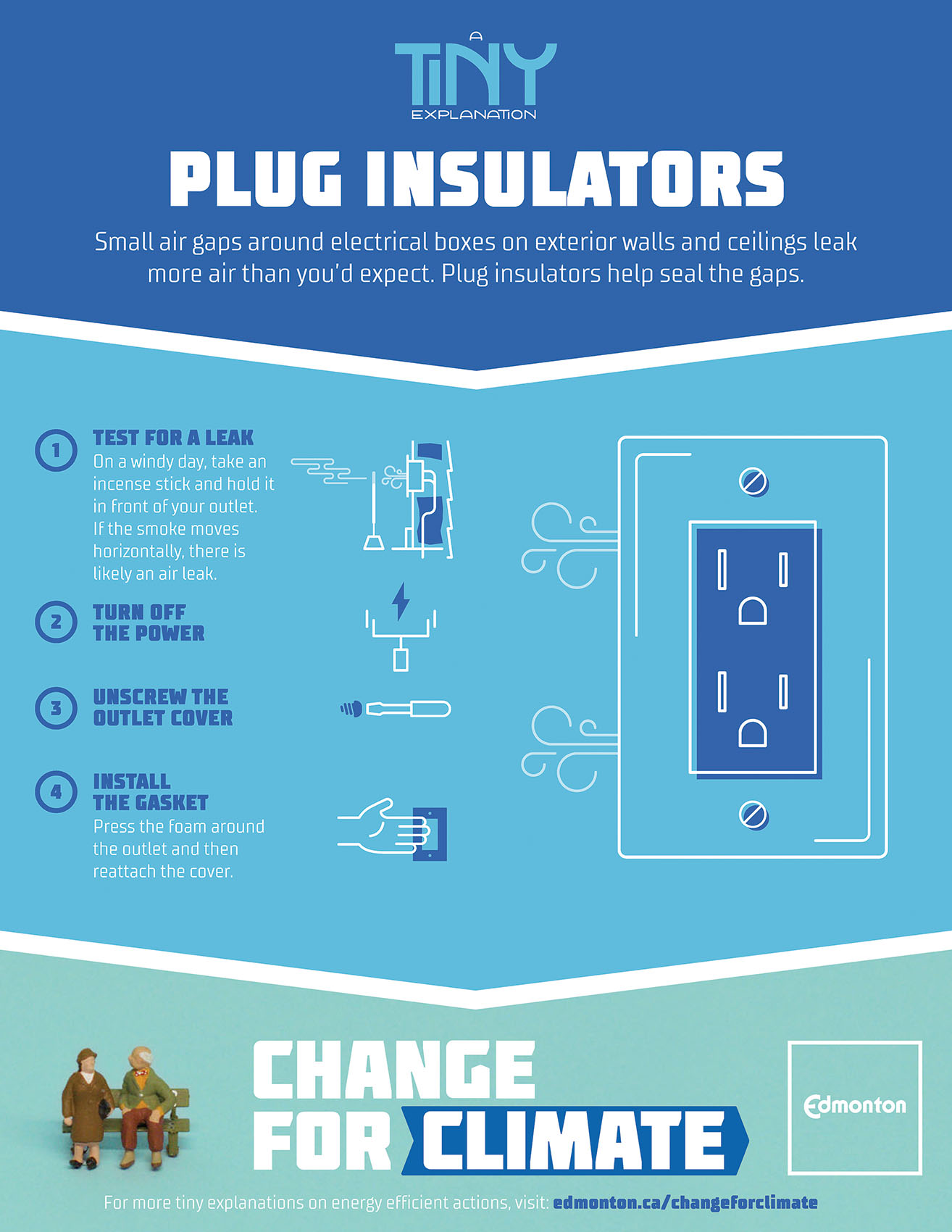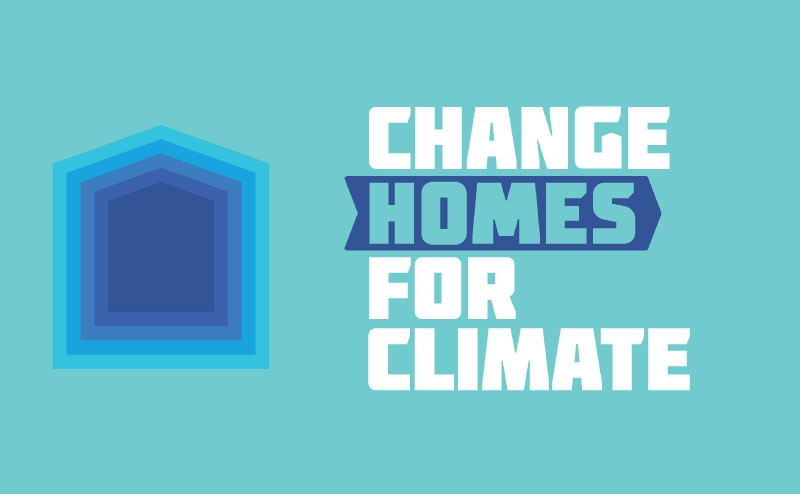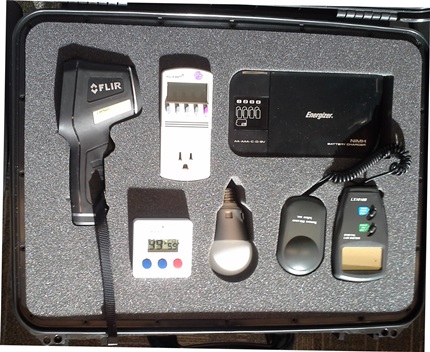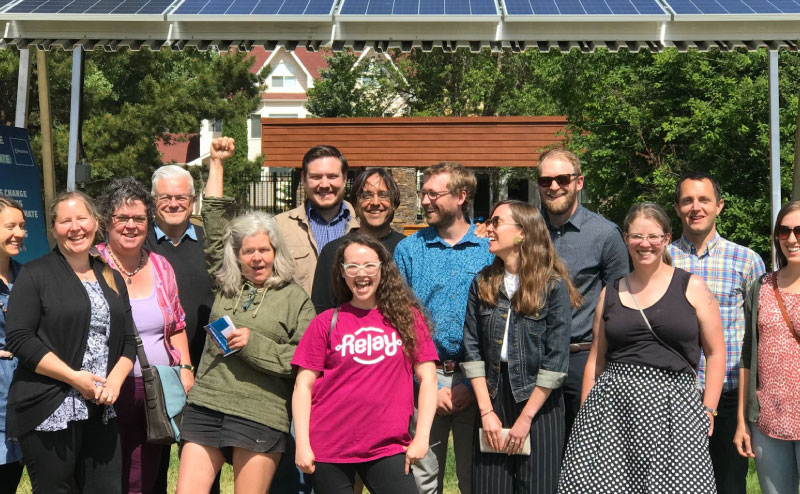The quality of the air we breathe has a major effect on our health. The decisions we make every day in our homes and businesses affect the quality of the air we breathe. We are all responsible for keeping our air clean to maintain healthy communities, healthy ecosystems and a sustainable economy for the future.
Improve Indoor Air Quality
The average Canadian spends a lot of time inside at home, work or school. The air quality inside of these buildings is not always as good as outside. It may contain pollutants from cooking, paints, chemical cleaning agents, air fresheners, perfumes or just poor ventilation. We can help improve indoor air by simple measures like having more plants. Plants absorb carbon dioxide and emit clean oxygen. Some plants also purify the air.
Help Improve Outdoor Air Quality
The Edmonton Capital Region is currently not meeting federal standards for fine particles in the air. Since 2010, two monitoring stations in the region have consistently reported levels above the national standard. Exposure to these levels can have immediate and long-term health effects.
We can all take actions to improve air quality in Edmonton:
- Limit the burning of wood in backyard fires, fireplaces and wood stoves
- If you do have a fire, be sure to burn dry, untreated wood
- Stoves should meet the Canadian Standards Association emissions standards
- Drive less, transportation causes about 32% of the emissions in Edmonton
- Plan your vehicle trips wisely, rideshare and walk, cycle or use transit whenever possible
- Be idle free: turn off your vehicle when you are not driving
We can conserve energy by making upgrades to our houses, like adding insulation and replacing windows. But we can also decrease household energy use just by making simple changes to what we do in our homes each day.
Here are some tips from the Change Habits For Climate Guide:
- Use a programmable thermostat
- Change or clean your furnace filter monthly during the cold season
- Instead of turning up the heat when you feel a little chilly, consider putting on a sweater
- Use a fan instead of air conditioning
- Open the blinds on winter days to take advantage of the heat and light
- Close the blinds on summer days to block the heat
- Use smaller appliances, if possible, toaster ovens, microwaves and slow cookers use less energy than the stove, even if cooking takes longer
- Set your appliances to the eco-setting
- If you're replacing an appliance, look for the Energy Star logo, a voluntary labelling program to identify and promote energy-efficient products
- Use no-power alternatives such as a clothesline, hand-powered tools and stairs
Check out more energy-saving tips from Mortgage Calculator.
The food we eat is a major source of the carbon emissions we create. Whether it is grapes from Chile or garlic from China, it takes a lot of energy and emissions to get a foreign product to our kitchens in Edmonton. Many Edmontonians are recognizing that food and urban agriculture are an important opportunity to decrease emissions and to increase sustainability and quality of life in their communities.
fresh: Edmonton's Food and Urban Agriculture Strategy imagines how new approaches to food and urban agriculture can make Edmonton an even better place to live, work, play and invest.
Here are some tips from the Green Living Guide:
The natural environment provides many services to Edmontonians. It gives us clean air to breathe and water to drink. It also provides opportunities for recreation, to enjoy nature and to clear our heads. You can do many things to preserve existing natural areas or to create new ones around your home.
Here are some tips from the Change Habits For Climate Guide:
- Create an eco-landscape
- Choose heat-loving, drought resistant plants
- Place trees strategically
- Collect rainwater
- Water the lawn early in the morning
- Start composting
- Spread mulch
- Use a push or electric mower
- Grasscycle
- Guard against invasive species
- Manage pests using Integrated Pest Management (IPM)
Every day, we purchase goods and services to fulfil our needs. Our purchasing decisions can have a huge impact on the environment, greenhouse emissions from production and transportation and waste. The following tips can help you make environmentally friendly purchasing decisions.
Sharing Economy
A sharing economy allows people to borrow or rent items instead of buying them. The oldest and most popular example of a sharing economy is the library, where one book is read by hundreds of people over the course of its life. A newer example of the sharing economy is car sharing, where a fleet of cars are shared by people who pay just for the time they use them. Another example is tool lending libraries, where you can borrow a drill to use for a day or two instead of having to buy one.
Decide What You Really Need
Before purchasing a product, ask yourself the following questions: Are there alternatives to purchasing the product? Can something you already own be used instead? For example, you may be able to use a cleaning chemical for more than one purpose or make a product from ingredients you have around the house.
Here are some other tips from the Change Habits For Climate Guide:
- Look for an Eco Label
- Choose less paper and packaging
- Buy local
- Buy used or second-hand
- Make your own
Get Around Sustainably
We are shaping an Edmonton that will meet the needs of our diverse and growing urban and regional population. Our transportation priorities must take into account increasing environmental concerns, as well as the ongoing investment needed to maintain our transportation infrastructure.
The City of Edmonton’s Transportation Master Plan aims to encourage Edmontonians to get around in ways that are sustainable in the long term. That means shifting away from single-occupant cars toward cycling, walking, ridesharing or public transit.
Sustainable transportation choices support healthy, vibrant and livable communities.
Cycling
The City of Edmonton is actively working to create a comprehensive cycling network for Edmontonians. There are already many great mixed-use paths, on-street bike lanes and river valley trails that cyclists can use to get around our city. Riding your bike can often be faster for shorter trips, and you don’t have to find and pay for parking.
Learn more about how to use our bike routes.
Walking
Walking is another healthy and environmentally friendly way to get around. It reduces traffic congestion and also helps keep your neighbourhood safe by putting eyes on the street.
Check to see if your neighbourhood has a walking map.
Rideshare
Save money and reduce stress associated with your everyday commute. Ridesharing means prearranging a ride with someone who lives close to your home and works in a similar location. Ridesharing once a week can save you more than 10% of your commuting costs.
You can also create a van pool for kids’ sports and lessons. This will reduce resource use and emissions and give busy parents a break from having to drive kids back and forth.
Transit and LRT
Let someone else do the driving! As Edmonton grows into a larger city, LRT and transit become two very important strategies for dealing with alleviating congestion, improving air quality and getting people around quickly and efficiently.
To minimize the environmental impact of daily living, the City has committed to sustainable waste management practices. Edmonton has a goal of 90% waste diversion from landfill. In September 2019, City Council approved a 25-year Waste Strategy that will help us reach this goal.
We’re bringing Edmonton into alignment with internationally recognized best practices by putting more emphasis on the entire waste management hierarchy, with prevention of waste as the best option.
Here are some waste reduction tips from the Change Habits For Climate Guide:
- Go bagless when mowing your lawn. Remove the bag from your lawn mower and leave the clippings on the lawn.
- Reduce and avoid waste. See the chapter on Sustainable Purchasing.
- Reuse
- Bring your own reusable bags and cup
- Check out the Reuse Directory to find an organization that will accept your unwanted items
- Bring your small items (such as wrapping paper and school supplies) to the Reuse Centre where they will be made available to organizations and individuals for reuse
- Recycle right! Learn what items can be recycled by using the WasteWise app.
- Compost at home. The City has lots of resources to help you get started.
- Use an Eco Station to dispose of household hazardous waste, electrical items and big bulky items
In Edmonton, all the water we drink and use to brush our teeth comes from the North Saskatchewan River through EPCOR’s Rossdale and E.L. Smith Water Treatment Plants. Once the water is used, it is treated at EPCOR’s Gold Bar Wastewater Treatment Plant and returned to the same watershed. Your daily activities can affect the water quality in the North Saskatchewan River. We need to remember that we all live downstream of someone and try to follow “good neighbour” practices.
What is a Watershed?
A watershed is the area of land that drains into one body of water. A watershed can be as small as the area of land that drains into a pond, or as large as the area of land that drains into a major river system.
Protect Your Watershed
- Use environmentally friendly products whenever possible
- See the section on environmental certifications in the Sustainable Purchasing chapter for ways to identify these products
- Compost or mulch yard waste to keep it out of waterways
- Prevent soil erosion by landscaping to minimize run-off into the storm sewer system
- Wash your car at a dedicated car wash, instead of on your driveway
- Car washes reuse water multiple times, and this water is treated afterward
- Prevent leaks from motor vehicles by performing regular maintenance
- When it rains, all of the oil that has leaked out of vehicles gets washed into the storm sewer system
- Dispose of your hazardous materials at collection facilities
- Hazardous materials include used batteries and motor oil
- Whenever possible, avoid using fertilizer, pesticide and herbicide
- Avoid using in-sink garbage disposal systems, which overload the water treatment facilities
Be careful what you put down your drain.
As society uses more convenient, disposable products, EPCOR is dealing with sewer clogs caused by "unflushables", items that were never meant to be disposed of in the sewer system. Remember to trash it, don't splash it.
Conserve Water
Conserving water now will ensure our future generations have access to more of this precious - yet finite - resource. There are a number of ways to use water wisely both inside and outside your home.
- Fix any leaky fixtures and check your toilets, pipes and faucets
- Undetected leaks often account for up to 14% of a typical family's water usage and can waste hundreds of litres of treated water in a year
- Put a jug of water in the fridge so you don't let the tap run
- Turn off the tap while brushing your teeth
- If you hand wash dishes, don't leave the tap running to rinse
- Wash only full loads in both the clothes washer and dishwasher, and use the lightest setting you can
- Use a broom, not a hose, to clean your driveway
- Install a rain barrel


